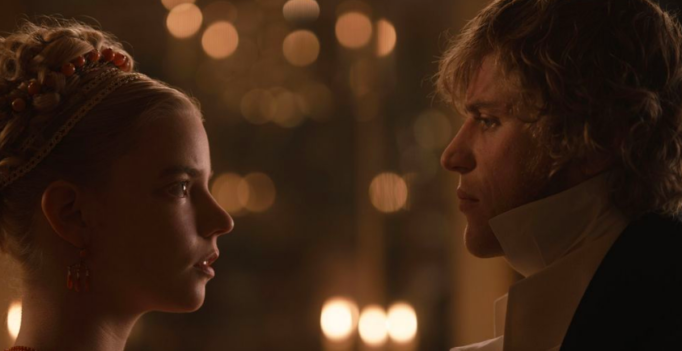Audiences have been spoiled with unique period films – Whit Stillman’s Love & Friendship, Yorgos Lanthimos’ Oscar winner The Favourite, and Greta Gerwig’s take on Louisa May Alcott’s Little Women. We’ve been shown that these rustic movies can exist outside of a formula, which makes Autumn de Wilde’s Emma a bit of a retrograded step. But, the conventional choices can be explained.
The film is a bit of an antique, and not because de Wilde is adapting classic literature. Coming from a background in photography and directing music videos, Emma is de Wilde’s feature film debut; so it’s understandable for the director to make a very safe movie. She uses period conventions as a walkthrough to narrow down the fundamentals of this traditional story. What de Wilde exhibits is an understanding of this kind of filmmaking, but not necessarily a comprehension of how to personalize existing material. Granted, if a filmmaker doesn’t inherit these traits going into a feature film, it’s experience that is earned over time and I have no doubt Autumn de Wilde will eventually get there. And in terms of photographers making a splash with film, I would rather watch a lukewarm debut like Emma than a flashy mess like Final Girl.
On the more positive side, Emma benefits from impressive individual elements like the film’s costume design, art direction, and a beguiling central performance by rising star Anya Taylor-Joy as the title character. These factors work together to find the film’s strength as a decadent flick with a connection to the bewitching powers of infatuation and romance. The connection may only be surface-level, but the vibrant elegance of the visuals is nothing to sniff at and rightfully fit the film’s identity.
**********
Do You Tweet? Follow These Tweeple:
Addison Wylie: @AddisonWylie



Leave a comment